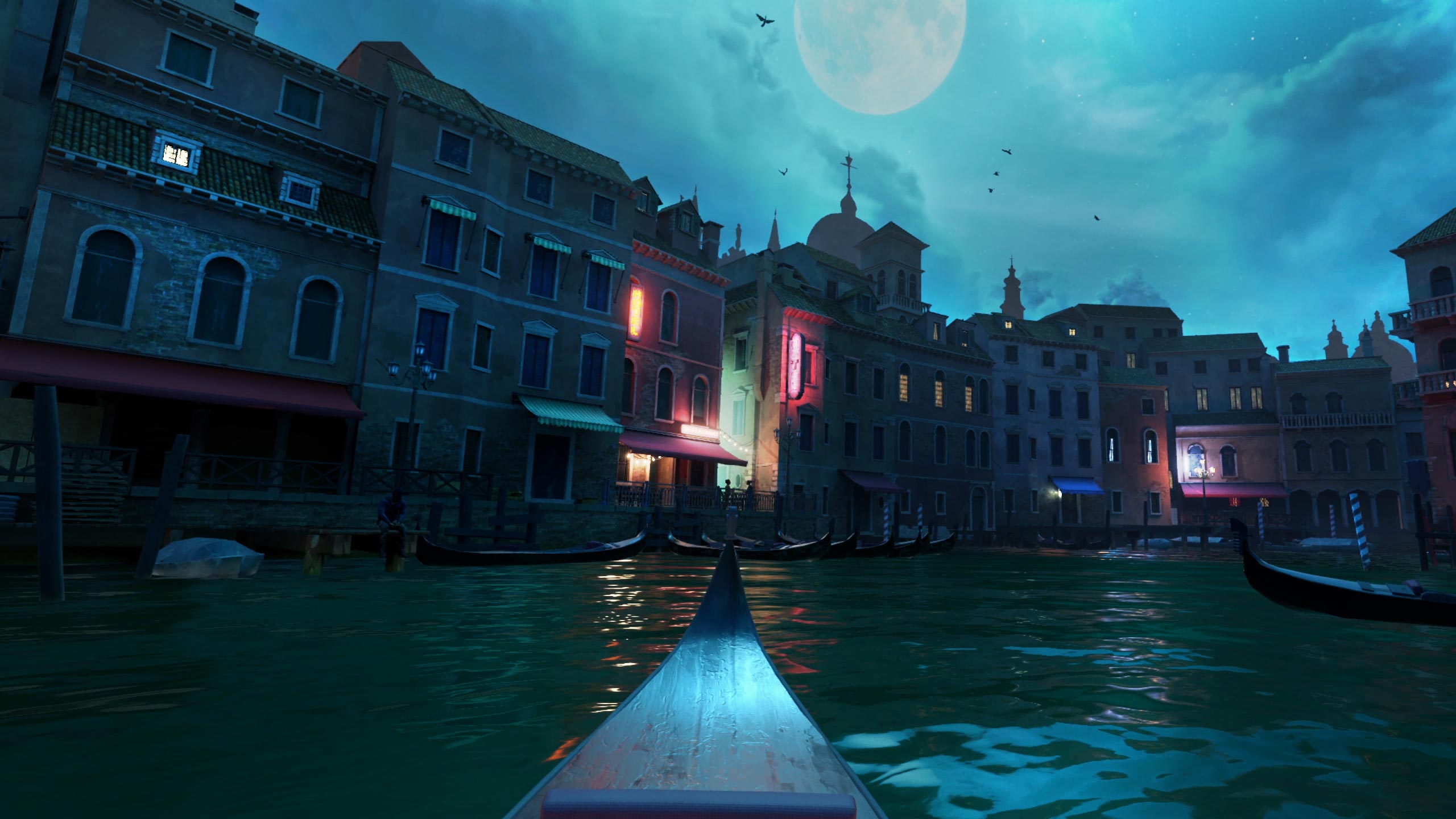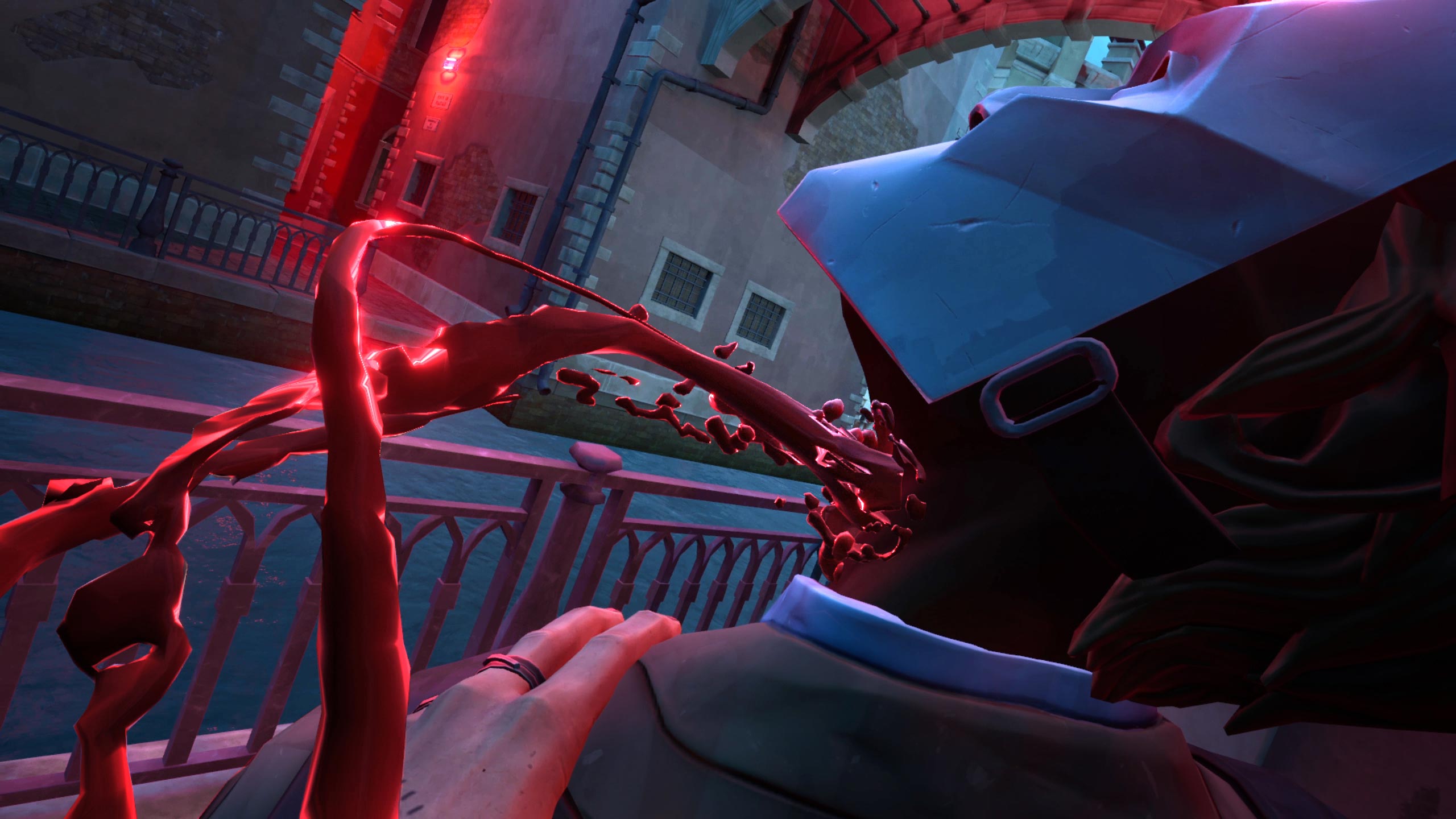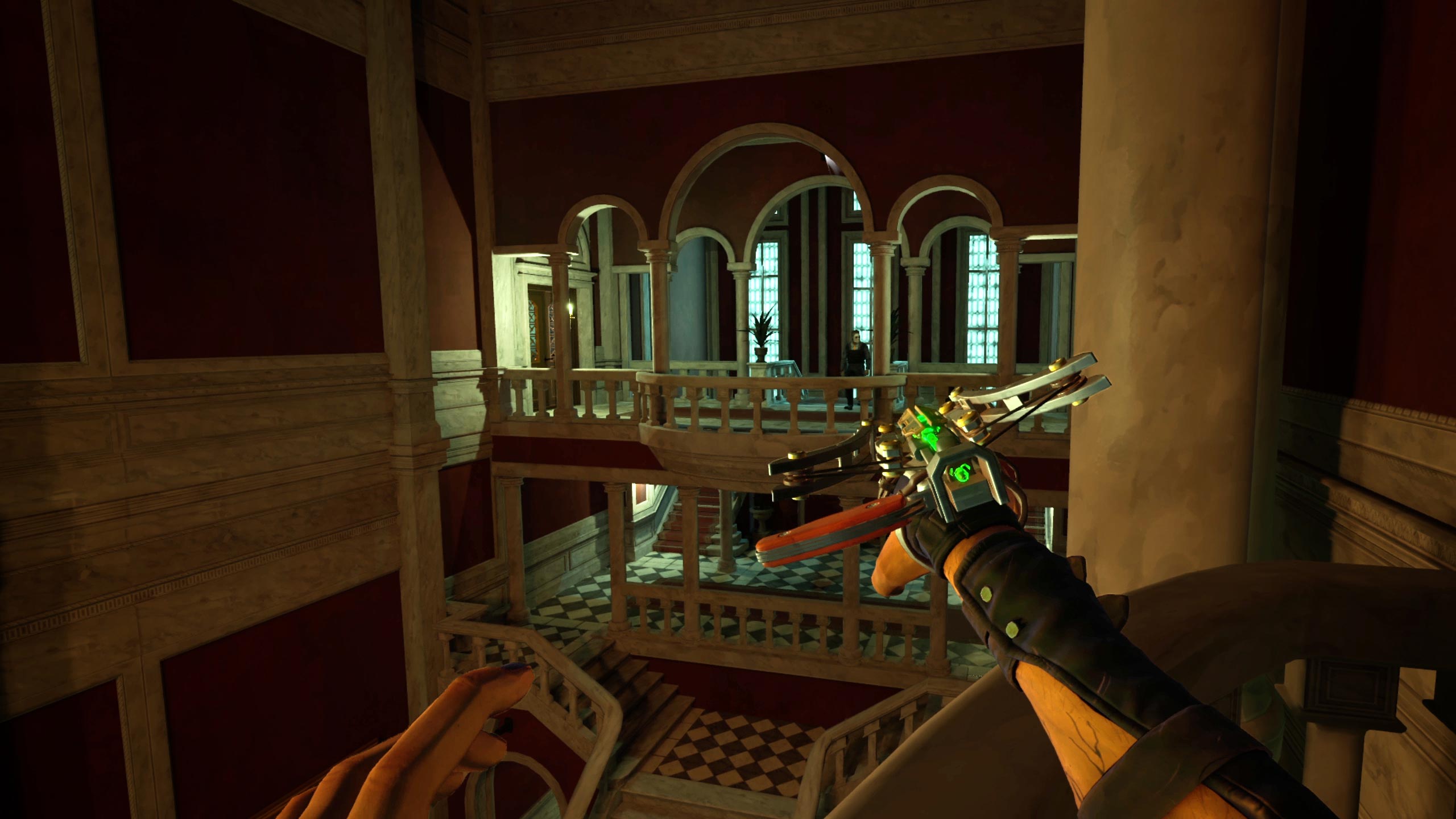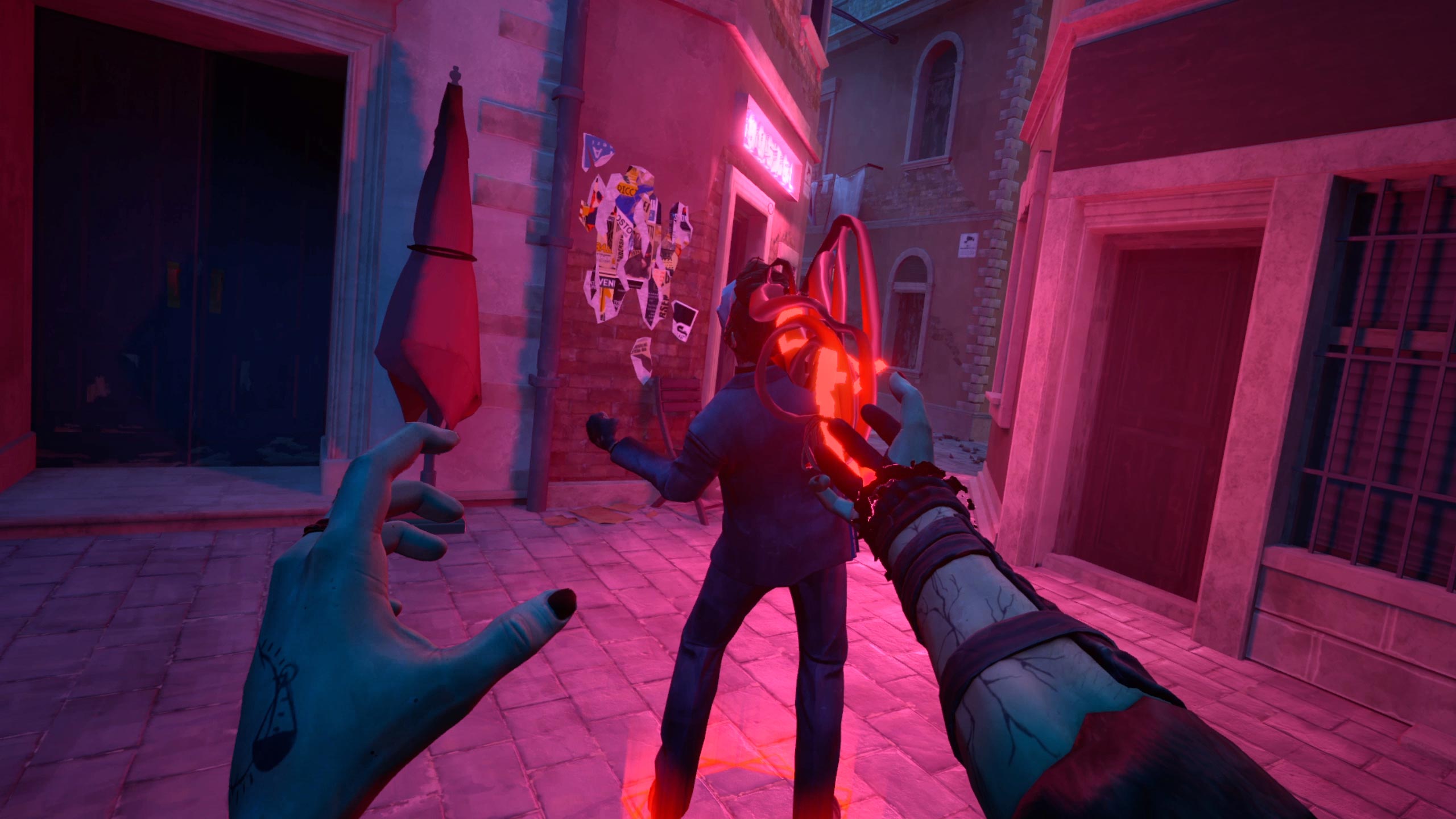Fast Travel Games gave us a hands-on with Vampire: The Masquerade – Justice on Quest 2, the studio’s upcoming single-player adventure RPG set in the ‘World of Darkness’ universe. The vertical slice offered up an intriguing look into the game’s stealth combat mechanics, all of which feel pretty Hitman-esque, albeit with a sufficiently paranormal bend—not to mention a lot more VR-native design than Hitman 3’s VR mode.
In Vampire: The—ok, for brevity’s sake let’s just call it VMJ—players embark on an adventure to figure out who killed their sire and reclaim a stolen relic in the dark underbelly of Venice, Italy.
Arriving in Venice via gondola, I learn that my name is Justice—which admittedly isn’t the best name for a blood-sucking vampire who kills indiscriminately, but I digress. My vampire dad, Banu Haqim, was murdered and it’s my job to get through what I’m told will be a “gritty main narrative” and a number of side missions as I track down the culprits and unravel the game’s story.

The demo offered up two partial levels: a slice of the tutorial level where I learn to move around, teleport from place to place, and suck blood by putting my literal mouth on a bad dude’s neck, and a more substantial mission that drops me right into what is probably the middle of the game, giving me access to a variety of combat tools and paranormal powers.
The tutorial level was fairly quick, teaching me how to teleport across canals and precarious window ledges. I found myself starting out in apartments, looting drawers and cupboards to find notes and other found items, and zapping around using my vampiric agility to scale buildings and execute a limited swath of attacks on some fairly brainless AI.

In the demo’s next level, I got a brief taste of the three vampiric disciplines, which are supposed to be purchasable in-game via earned XP, letting so you customize your playstyle. These include:
- Cloak of Shadows: Sneak up on enemies, blend into the environment, and turn almost invisible.
- Cauldron of Blood: A powerful but noisy attack. Boil the blood of victims until their messy end. Very likely lethal.
- Shadow Trap: Place a portal to the underworld on the ground, then close it on victims, dragging them into Oblivion.
To switch between disciplines, I simply press X on my left controller, then hover over the respective icon mid-air. Each of them makes a certain amount of sense, as they offer up chances for quiet melee or escape, loud and distracting mid-range attacks, and comparatively quieter distance attacks that you need to time correctly to set off properly.
While not a shooter as such, there’s also a hand-worn crossbow which come with two types of bolts: Corrosive and Oblivious Sleep. Each bolt has to be apparated into thin air, and loaded, so you can’t just fire away willy nilly.

And the shooting experience doesn’t cheapen things either. Corrosive bolts make noise and corrode metal chains, but don’t harm enemies, while Oblivious Sleep bolts put mortals to sleep for a bit, giving you enough time to scurry away and nab those extra points for completing your objective without killing anyone.
That said, you can accidentally kill baddies, but only if you screw up selecting your paranormal powers, or by drinking a person dry, both of which can screw up your end mission rating.

It’s still uncertain how large the game’s discrete maps are based on those two levels alone, but I’ll say at least the game’s fantasy version of Venice does a pretty spectacular job of replicating the storied island’s labyrinthine pathways and claustrophobic buildings. It certainly feels big. It also thematically purges the city of the throngs of ever-present tourists, making it feel much more like the Venice you’d imagine a vampire coven would call home, and not a German family looking for gelato nearby St. Mark’s Square.
It’s also still early days for VMJ in terms of polish. Graphics are good and the set pieces feel very much like finished products, although I feel like the demo was pushing the compute envelope for Quest 2 somewhat, making it difficult to even record a session without crashing. Avatar hand movements still feel like they need some sort of smoothing to correct for player jitteriness, and some of the object interaction still feels a little flighty as well. Fast Travel is a trusted name in VR development though, so it’s likely these issues will be solved, or reduced significantly before launch.
In the end, it will be really interesting to see how the whole package comes together. Will it be a big and sprawling game with multiple solutions to mission objectives like its Hitman-style gameplay might suggest? Will it provide the goth-kid within me enough of a vampiric thrill while not being too schlocky, like a lot of the Masquerade stuff can be at times? We’ll find out soon enough, as Vampire: The Masquerade – Justice is slated to launch on Quest 2, Quest 3, Quest Pro and PSVR 2 on November 2nd, priced at $30.
In the meantime, check out the gameplay video below to see some of the action I described above: